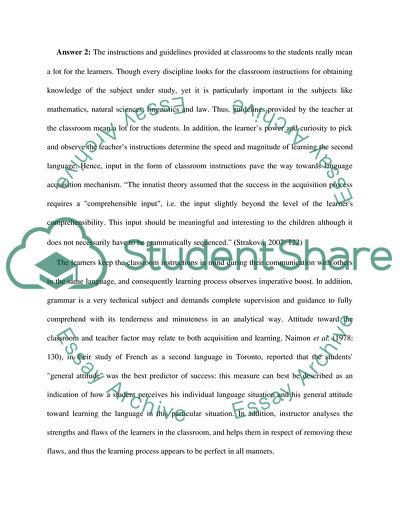Cite this document
(Success in Second Language Learning: Theory and Process Research Paper, n.d.)
Success in Second Language Learning: Theory and Process Research Paper. Retrieved from https://studentshare.org/other/1745089-different-topics-in-second-language-learning-and-acquistion
Success in Second Language Learning: Theory and Process Research Paper. Retrieved from https://studentshare.org/other/1745089-different-topics-in-second-language-learning-and-acquistion
(Success in Second Language Learning: Theory and Process Research Paper)
Success in Second Language Learning: Theory and Process Research Paper. https://studentshare.org/other/1745089-different-topics-in-second-language-learning-and-acquistion.
Success in Second Language Learning: Theory and Process Research Paper. https://studentshare.org/other/1745089-different-topics-in-second-language-learning-and-acquistion.
“Success in Second Language Learning: Theory and Process Research Paper”, n.d. https://studentshare.org/other/1745089-different-topics-in-second-language-learning-and-acquistion.


